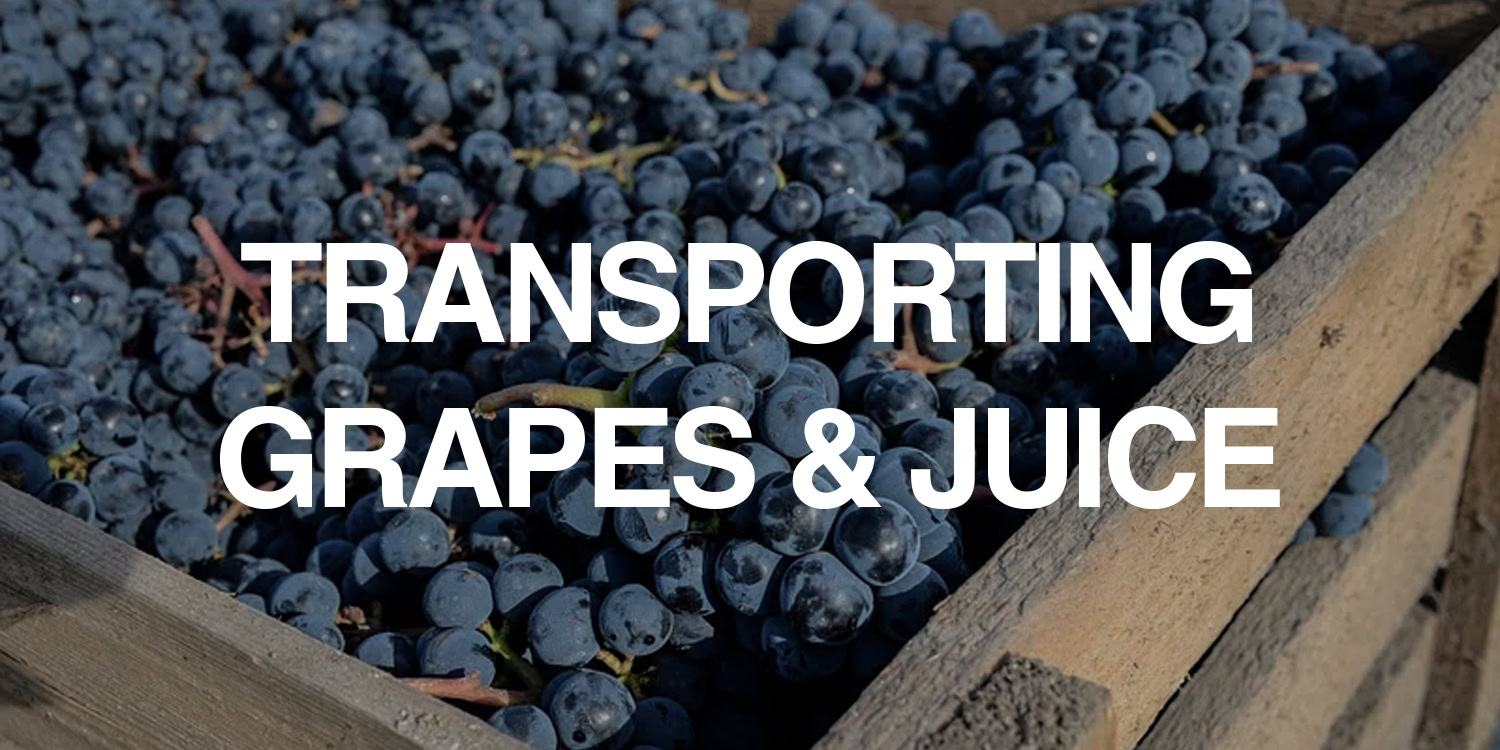We know that if flotation is unsuccessful the cause most of the times is to be found in the must, not in the equipment. Check if the must is too cold (lees than 50°F or 10°C), if the must is fermenting, or if the enzyme did not work (i.e., it did not hydrolyze the pectins). In order to check if the enzyme worked we can ask to the lab to run a pectin test:
- Add 10 ml of ethanol to 5 ml of centrifuged must/wine.
- Let it sit for 60 seconds.
- If floccules appear after one minute, pectins are still present in the wine and they might cause problems with settling.
The test thus performed will frequently give results that are practical enough to understand if the must is de-pectinized. A more accurate procedure requires the ethanol used in the reaction to be acidified. To prepare the “acidified ethanol” solution, pour 250 ml of alcohol into a flask. Add 2.5 ml of hydrochloridric acid to the alcohol and mix gently.
E-Flot Sizes Processing speed per hour electricity needed
- E-Flot 5: 1,320 gallons, 220V Three Phase
- E-Flot 25: 6,600 gallons, 480V Three Phase
- E-Flot 50: 13,200 gallons, 480V Three Phase
- E-Flot 80: 21,133 gallons, 480V Three Phase
- E-Flot 130: 34,300 gallons, 480V Three Phase




